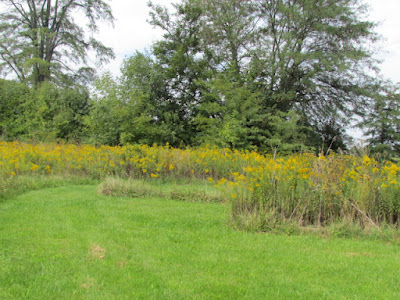(old photo of picked plantain, but I used both broad leaf and narrow-leafed plantain for the salve)
I completely forgot to share our newest addition to the medicine cabinet - plantain salve. It's a homemade drawing salve. Plantain (a weed that grows wild) is what saved me when I had a very nasty spider bite years ago. I asked my husband to go outside and pick it, macerate it, and make a poultice. I used it until I found a decent doctor (which was hard to do at the time).
I used 1/2 cup infused oil (used grapeseed oil to infuse it), and 2 Tbsp. of beeswax. Heat together until the beeswax is melted, pour into jars and cool completely. You can add essential oils too, but add them after you take the melted oil/beeswax off the heat.
By the way, before this was made, and I needed a drawing salve, I used a mix of homemade calendula oil, some store purchased chickweed salve (has plantain in it), and homemade yarrow salve. It worked until I had my own salve made. Not sure if one ingredient was better, but together it did the job.
You can use dehydrated plantain for making tea (soothes an upset stomach), and infusing oils with dried plantain and chickweed to make a chickweed/plantain salve (great for mosquito bites, poison ivy, burns, rashes etc).
(from my experiences with plantain)
Has anyone eaten the young leaves in a salad? I also read the older leaves can be stewed or boiled for soups. Anyone? I am very interested in this, as I am learning about the nutrients in the leaves.
Homemade Plantain Salve © January 2025 by Kristina at Pioneer Woman at Heart















